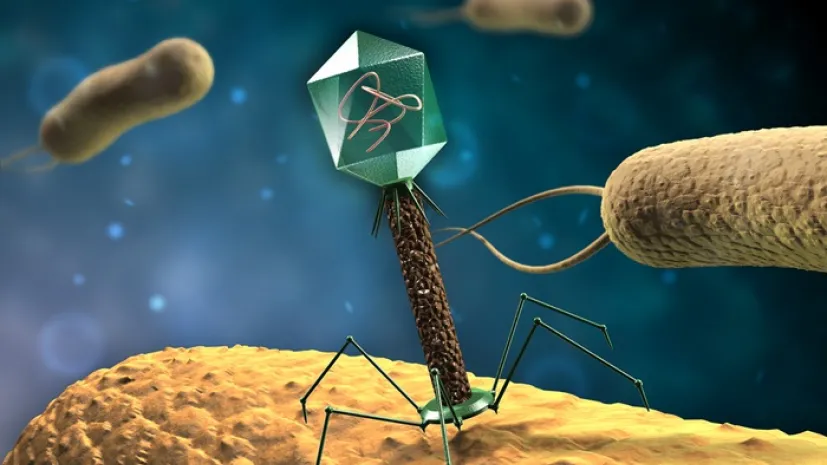-

Creative activities from dancing to gaming can slow brain ageing, study finds
Engaging in creative activities such as dancing, painting, and even playing certain video games can delay brain ageing, according to an international study. The effect is stronger the more experience an individual has in these activities, the researchers report.
-
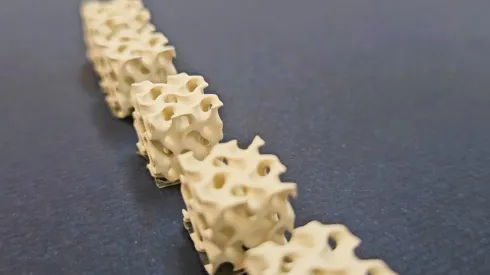
Researchers develop 3D-printable ceramic resin for custom bone implants
Researchers from the Cracow University of Technology (CUT) and the Polish Academy of Sciences have developed biocompatible, photocurable ceramic resins that mimic bone structures, enabling rapid 3D printing of custom endoprostheses and implants.
-
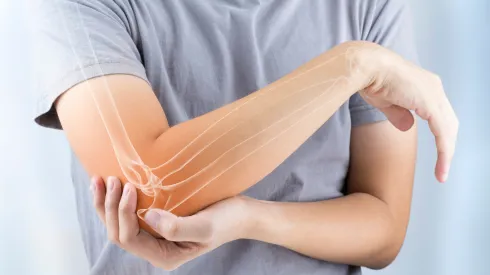
Polish scientists develop bone implant to treat weak bone fractures
Polish scientists have developed a bone implant that could improve treatment for patients with weak bones, by delivering drugs directly to fracture sites, project leaders say.
-
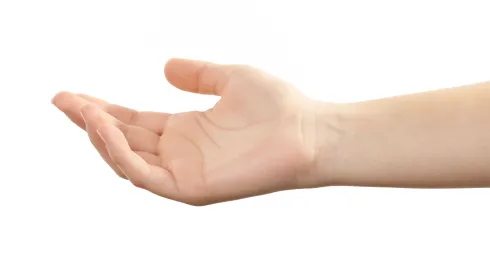
3D-printed neurotube to help regain mobility after injury
A 3D-printed structure that allows nerve cells to travel independently and form new connections, offering a potential advance in the repair of severed arm or leg nerves, has been developed by researchers from Poznań and collaborating centres.
-
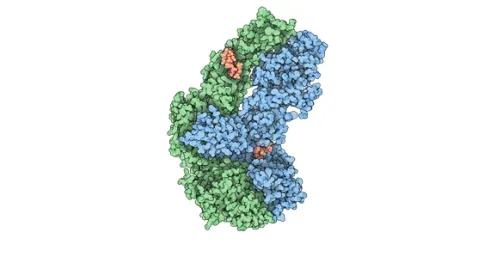
Breakthrough study sheds light on enzyme trigger behind rheumatoid arthritis
Scientists at the Małopolska Centre of Biotechnology (MCB) say natural molecules found in the body may help explain a key process behind rheumatoid arthritis (RA).
-

Glowing infrared nanoparticles could improve drug tracking and medical imaging
Nanoparticles that continue to glow in infrared light after the light source is turned off could improve drug tracking in the body, physicists from Wrocław report.
-
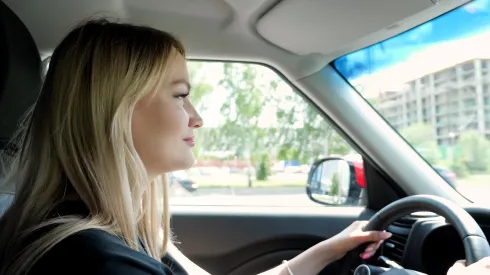
Longer commutes to work may increase risk of miscarriage, Polish study shows
Women who spend longer daily commuting to work face a higher risk of miscarriage, suggesting that commute length may be a modifiable environmental factor influencing pregnancy loss, researchers from the University of Warsaw have found.
-
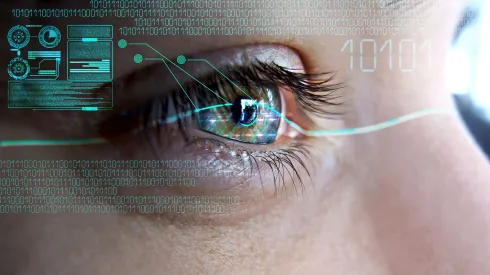
Wrocław scientists develop new non-evasive eye diagnostics technology
A new method for functional imaging of the human retina to improve the diagnosis of eye diseases, is being developed by scientists at the Wrocław University of Science and Technology.
-
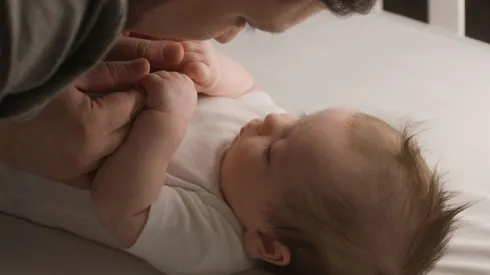
Childhood trauma can affect breast milk composition and child's temperament, study finds
Trauma experienced by a woman in childhood can alter the composition of her breast milk and influence her child’s temperament, according to an international team of scientists from the Jagiellonian University.

